Strawbale Building Gallery
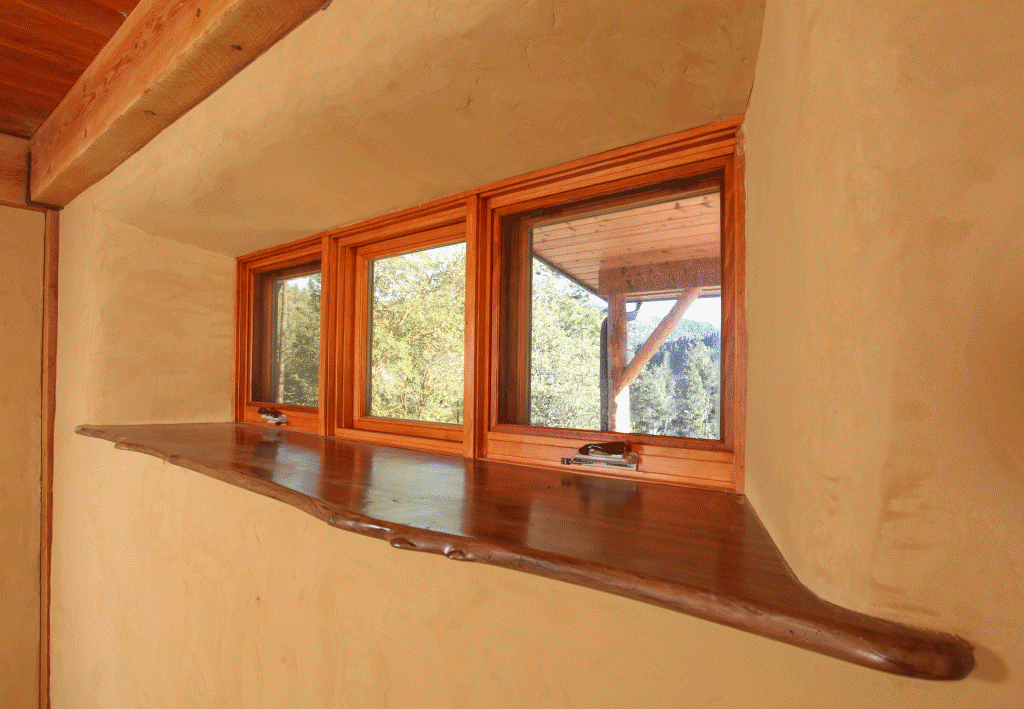
Photo by: Johnathan Shaw
Flared window reveals reduce glare, allow more light to enter room. Walnut window stool, clay plaster.
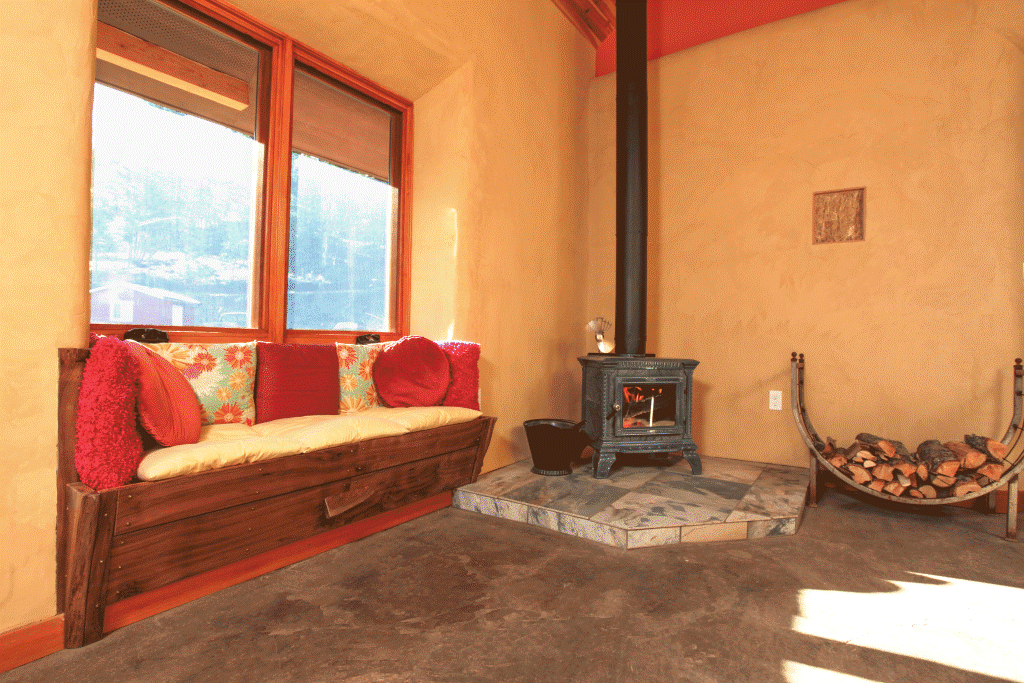
Earth floors with clay plastered interior walls provide distributed thermal mass for passive solar heating.
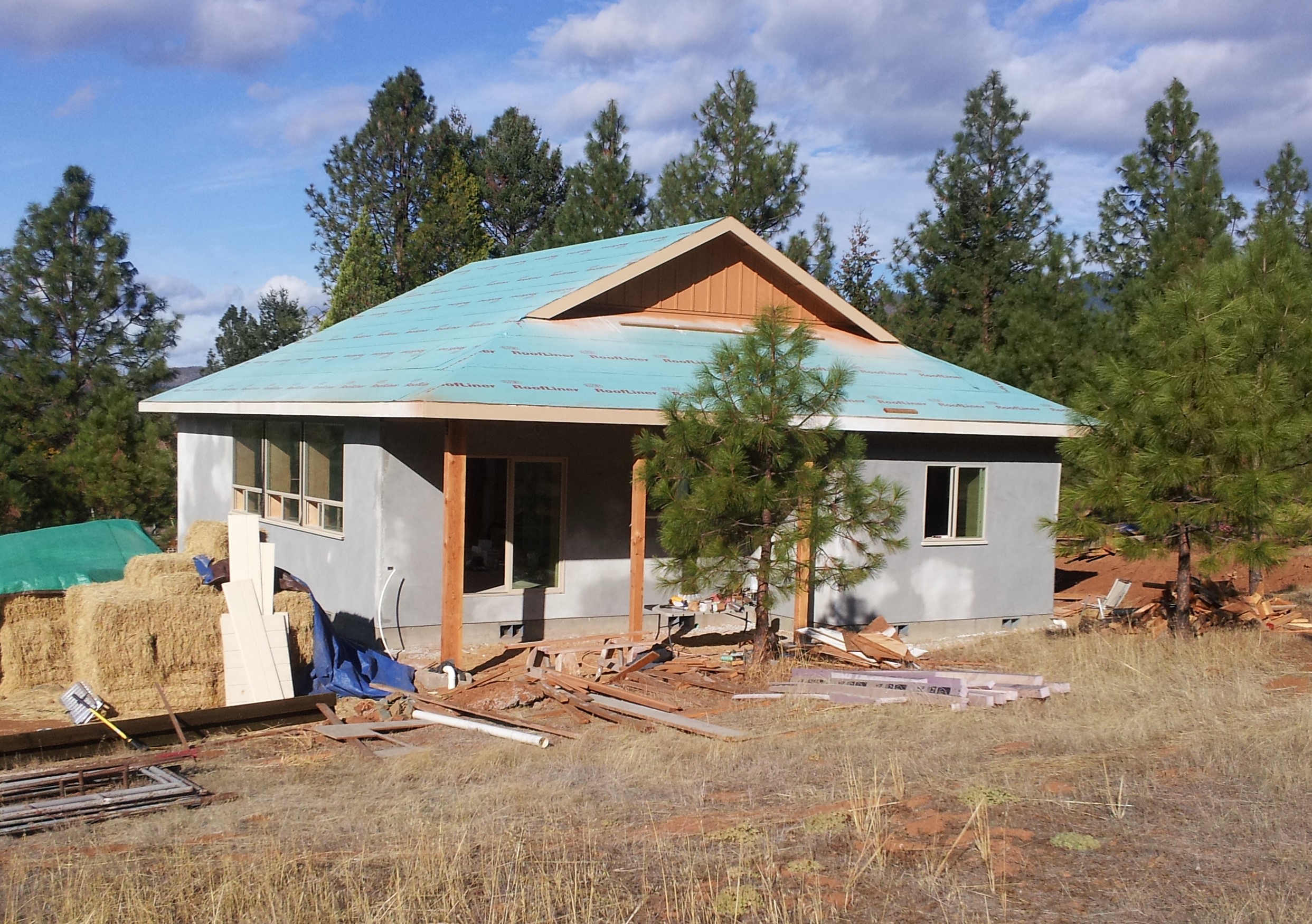
Lime plastered exterior of passive solar straw bale home.
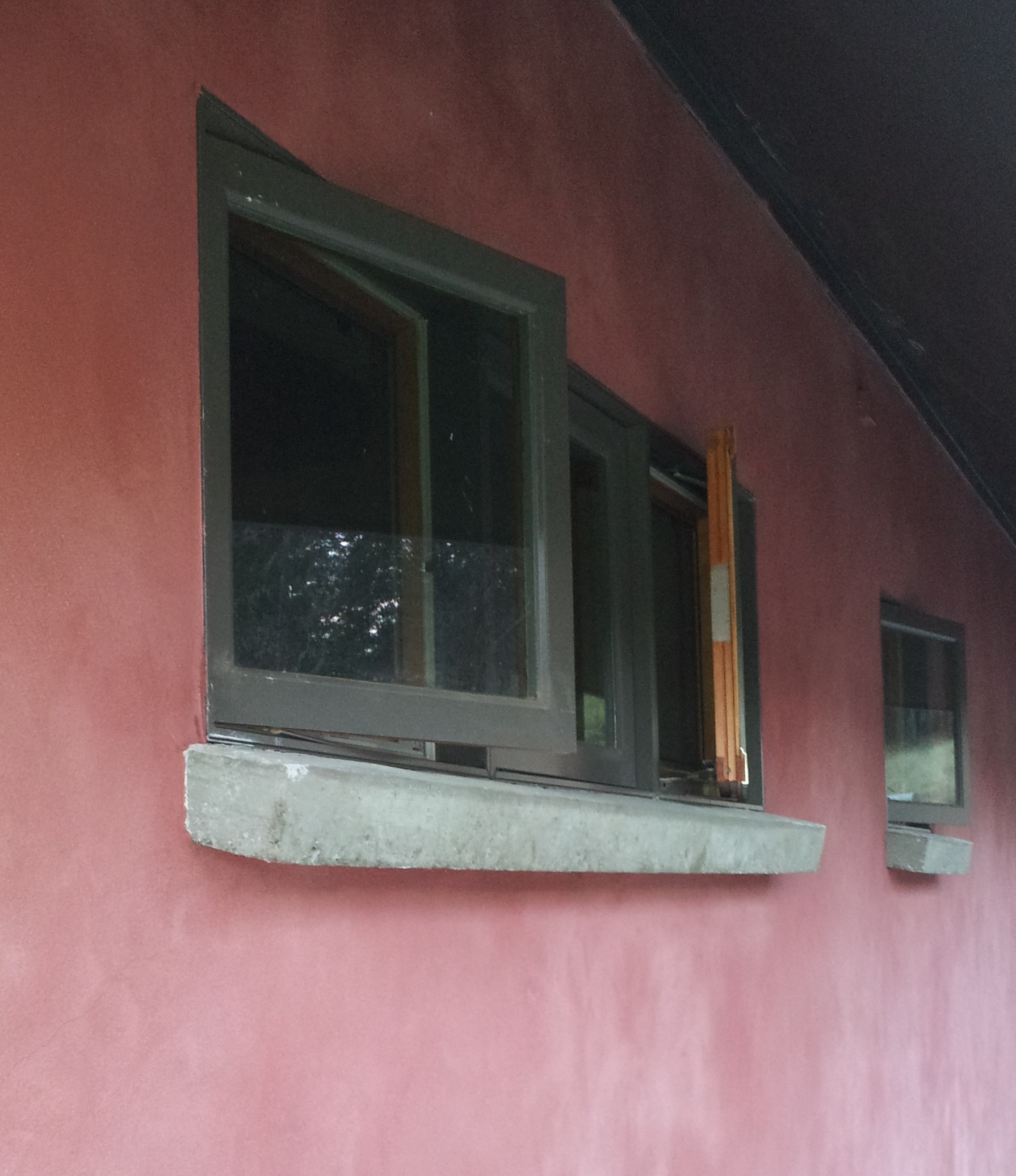
Cast-in-place concrete window sills.
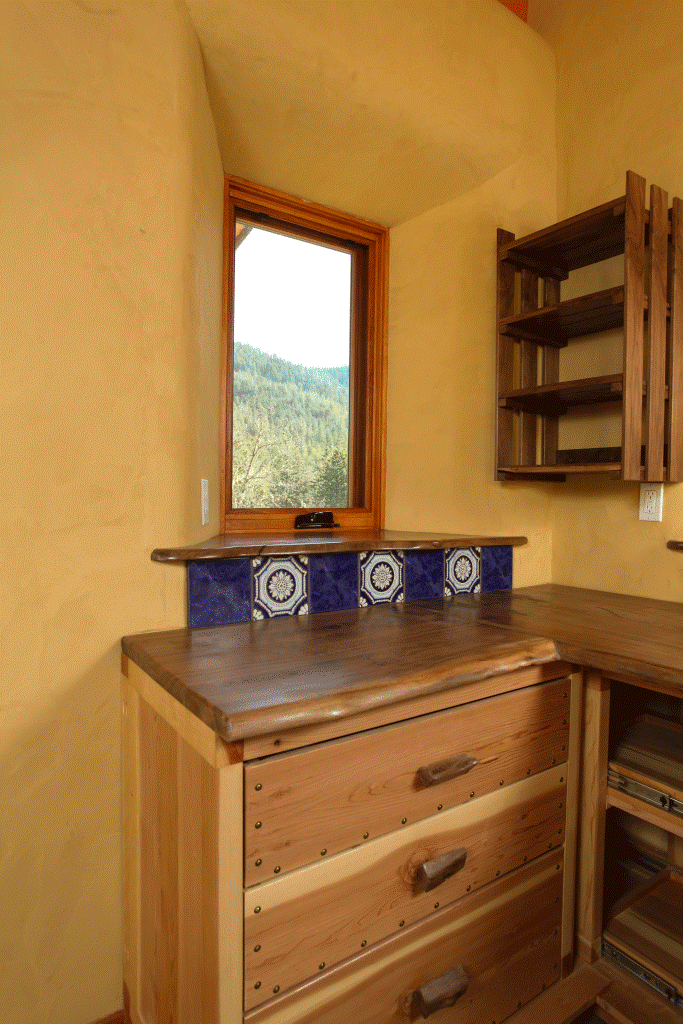
Tiled back splash reduces wear-and-tear on interior clay plaster below window.
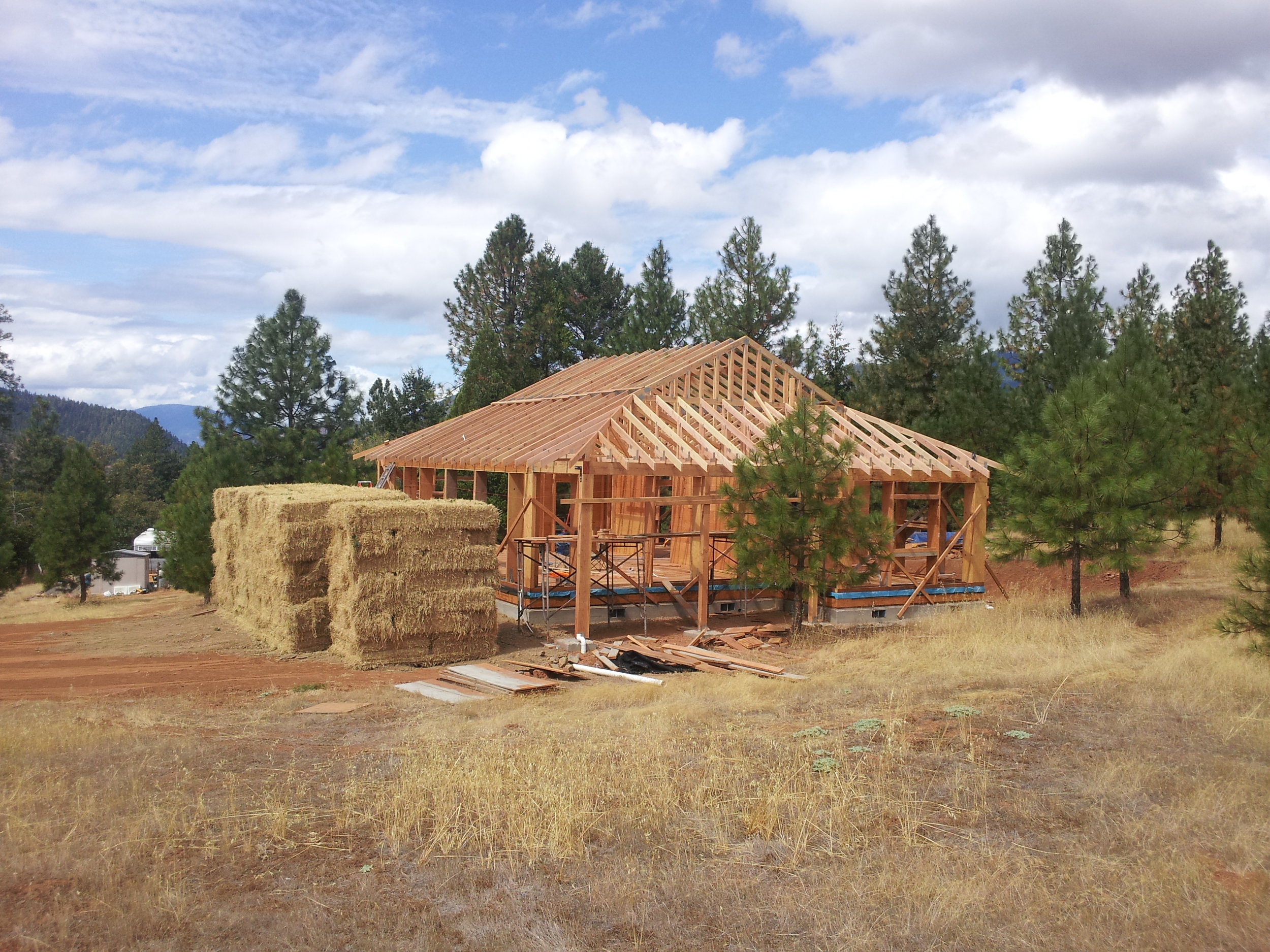
I-Joist or LVL type of post-and-beam system uses 3-string bales stacked on edge (15" wide) for maximum insulation value per inch of wall thickness. Uses straw bale shear wall and interior partition shear walls.
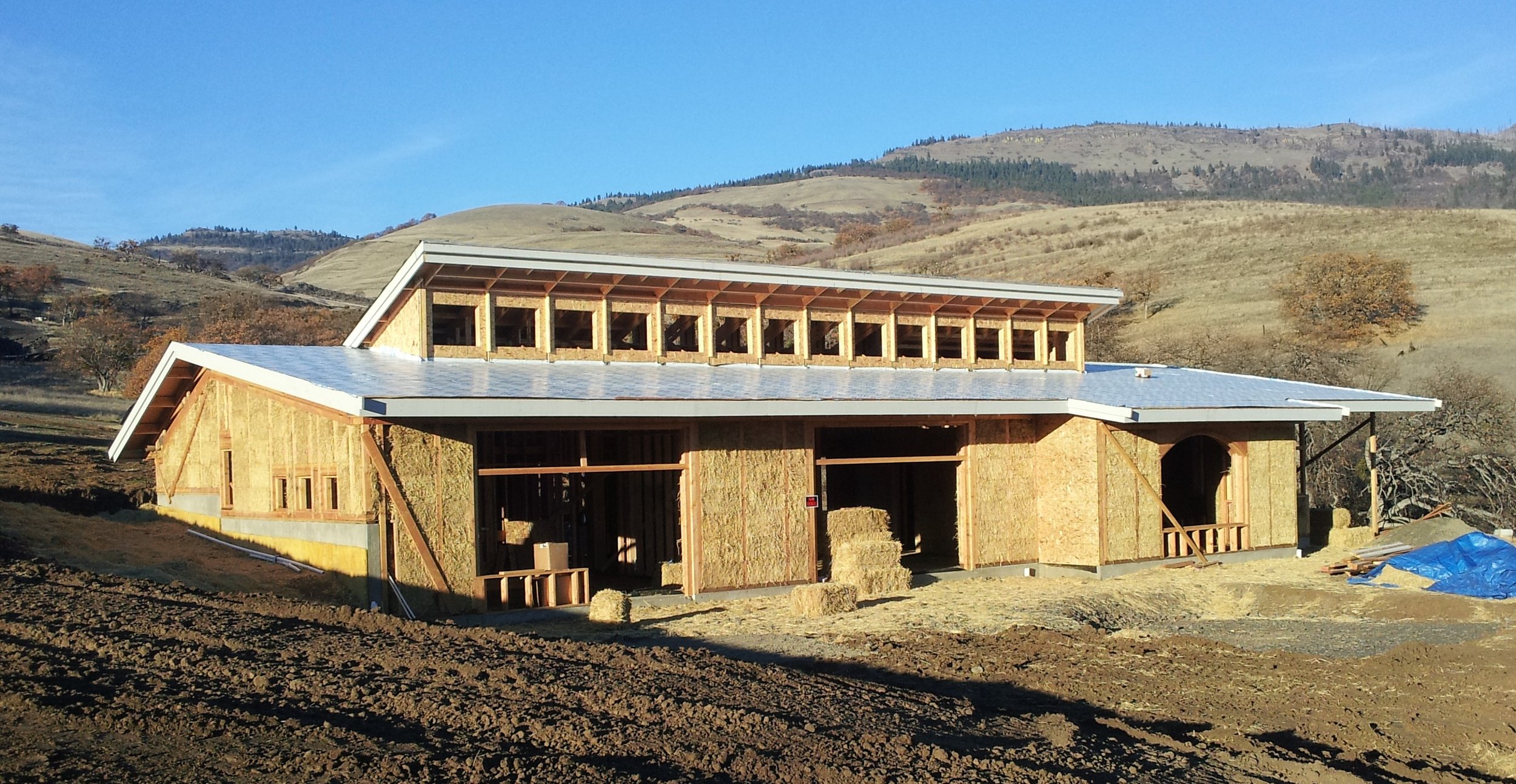
Passive solar straw bale house uses both straw bale shear wall and interior partition shear walls. Lime exterior and interior plasters.
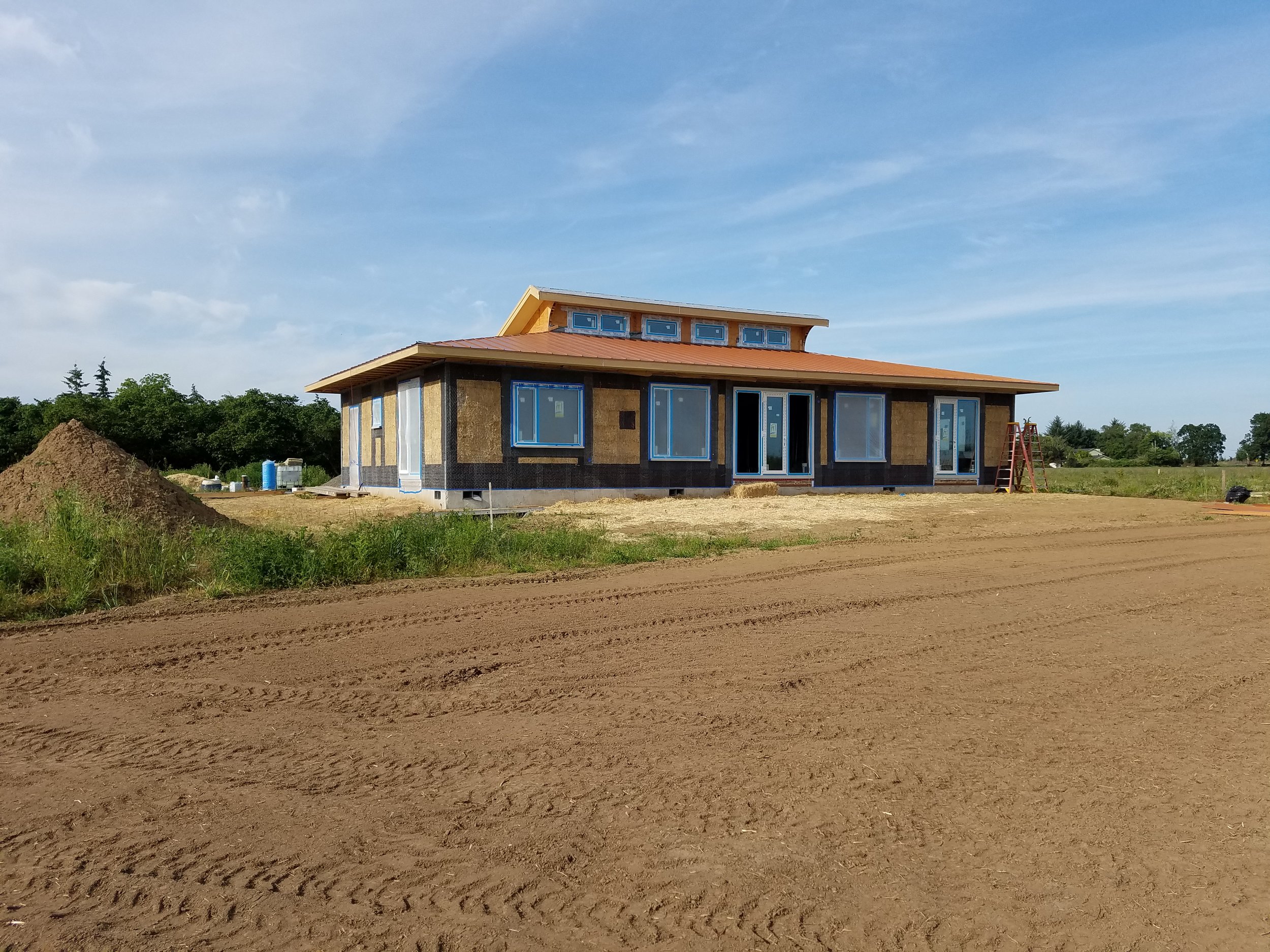
Passive solar straw bale home uses straw bale shear wall and interior partition shear walls. Lime exterior and interior plasters.
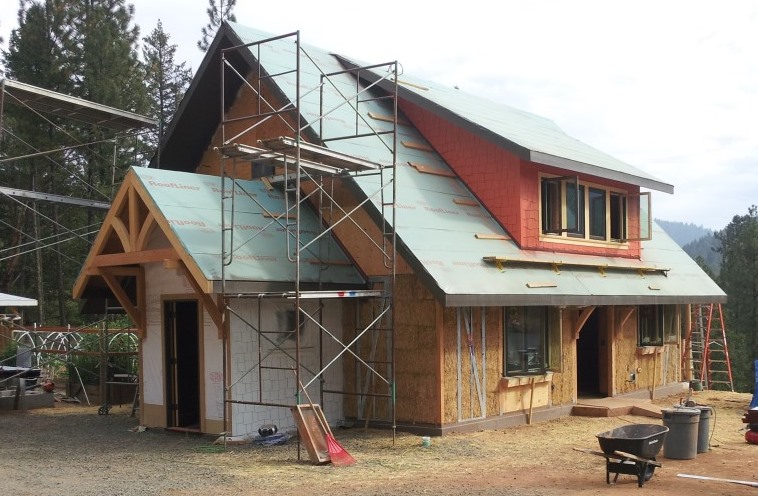
Passive solar straw bale house using prefabricated steel brace frames for shear.

Cedar window sills extend well beyond wall plane. Ferrous sulfate wash over lime-cement plaster produces mottled yellow-orange color.
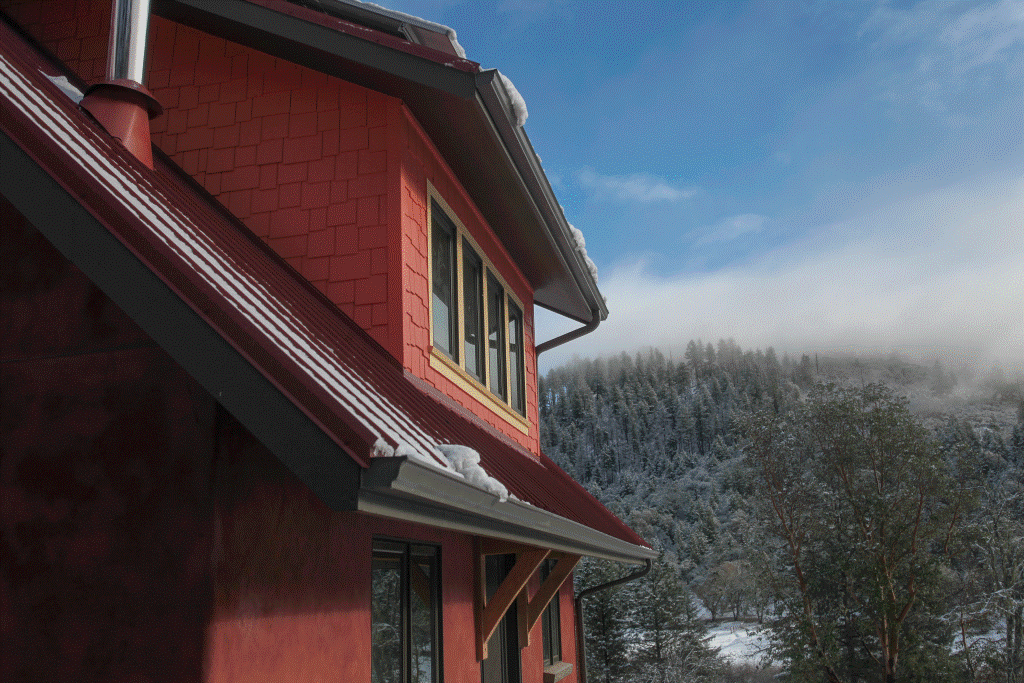
Conventionally framed and sheathed dormer adds light, thermosiphon for summer cooling. Extended eves protect lime plastered straw bale walls below.
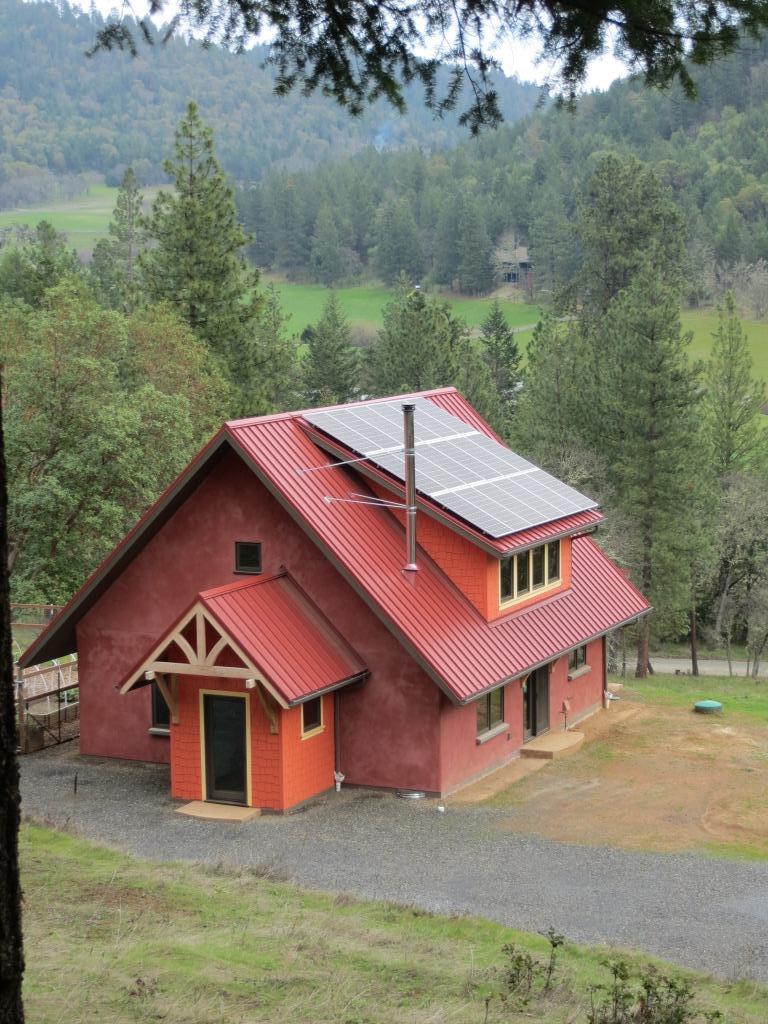
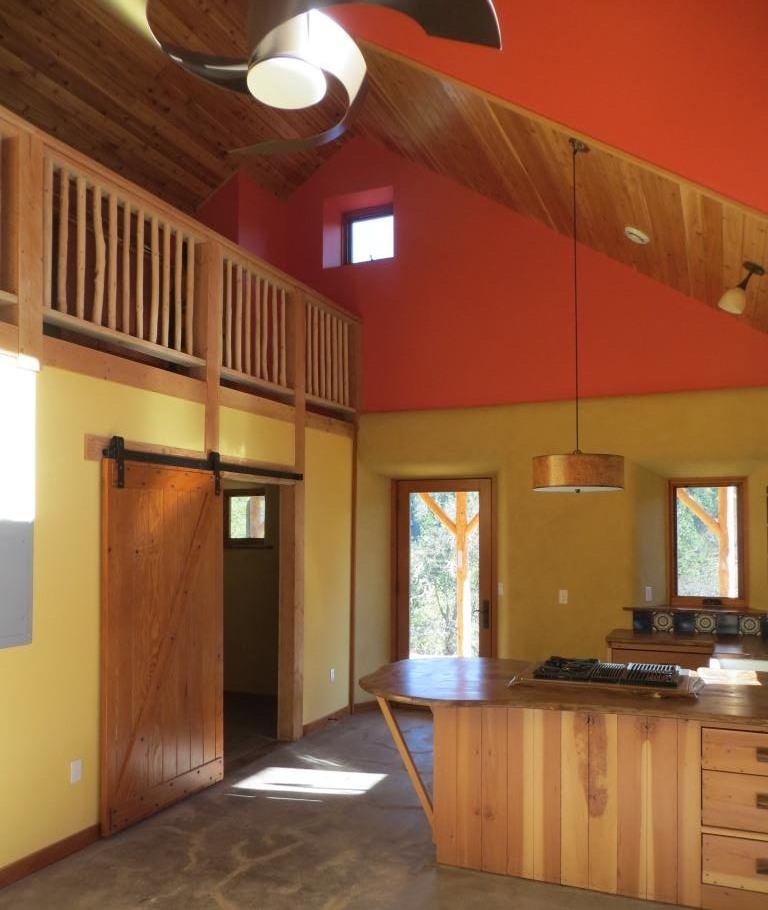
Conventional framing and insulation in gable triangle. Gable window vent accessible from loft.
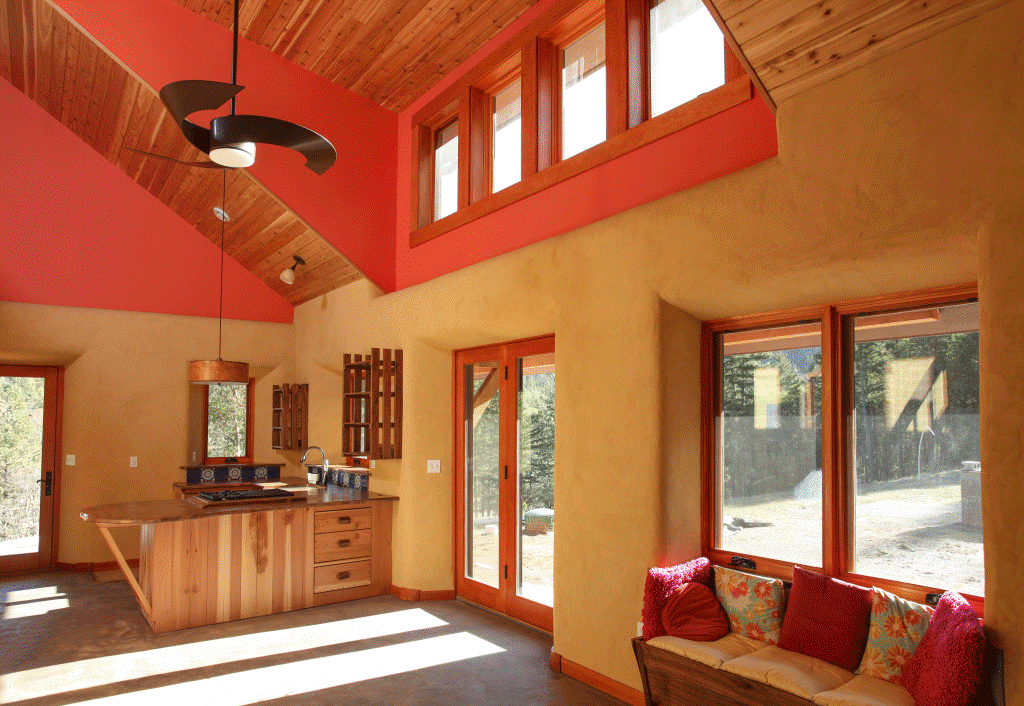
Earth floor and clay interior plastered walls supply distributed thermal mass, store heat from the sun.













Several Western states, counties, and municipalities have already accepted strawbale building in their codes. Why is it important to have a straw bale code in the IBC or IRC?
Building Codes affect all of us; this is an appeal for donations to fund a straw bale building code effort to create a chapter in both the International Building Code and International Residential Code.
The Ecological Building Network is an open, collaborative group of builders, scientists, architects and engineers sharing the best knowledge we can find for everyone's benefit. Visit them at www.ecobuildnetwork.org
The California Straw Building Association, founded in 1996, is an all-volunteer non-profit organization committed to straw bale building. CASBA funds research and code development, provides information and education, and holds workshops. CASBA members are architects, engineers, contractors, owner-builders, straw and other building material suppliers, and people interested in building with straw. Find them at www.strawbuilding.org
The American Rainwater Catchment System Association is a non-profit organization whose mission is to promote sustainable rainwater harvesting practices to help solve potable, non-potable, storm water and energy challenges throughout the world. Founded in 1994, they offer rainwater catchment system design and installation certification courses and other information on rainwater catchment systems. Visit ARCSA at www.arcsa.org




